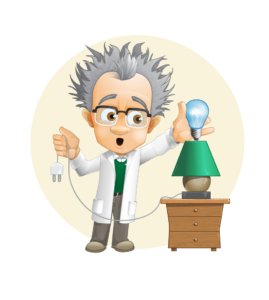All Trending
Building services engineering consultancy PSA has been appointed to provide mechanical and electrical design for the £10.6 million Cumberland sports Village in Workington, which...
A recent ceremony marked the official unveiling of a plaque and the activation of new lighting at the local sports facility. Attendees included Southern...
Lanett High School is set to undergo a significant transformation at Morgan-Washburn stadium as part of a $1.5 million upgrade, which includes installing a...
Access Fixtures has launched a new 158w LED high bay light that offers significant energy savings, using 66% less energy than a traditional 400-watt...
Access Fixtures, a prominent player in commercial and sports lighting, reported an impressive 53% revenue growth from 2013 to 2014, with LED products experiencing...
Ben Shelton faced a dramatic conclusion to his second-round match against Australia's Rinky Hijikata at Wimbledon, which was suspended due to darkness with Shelton...







